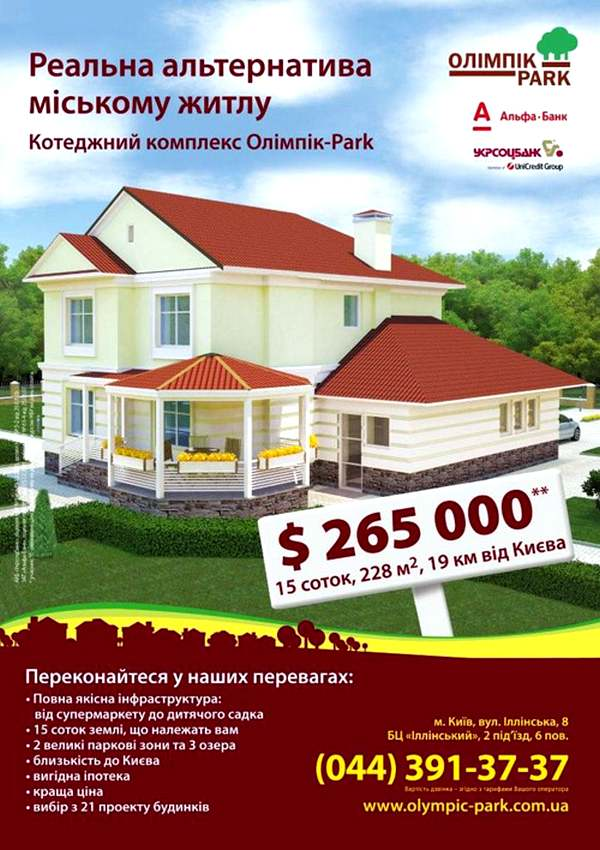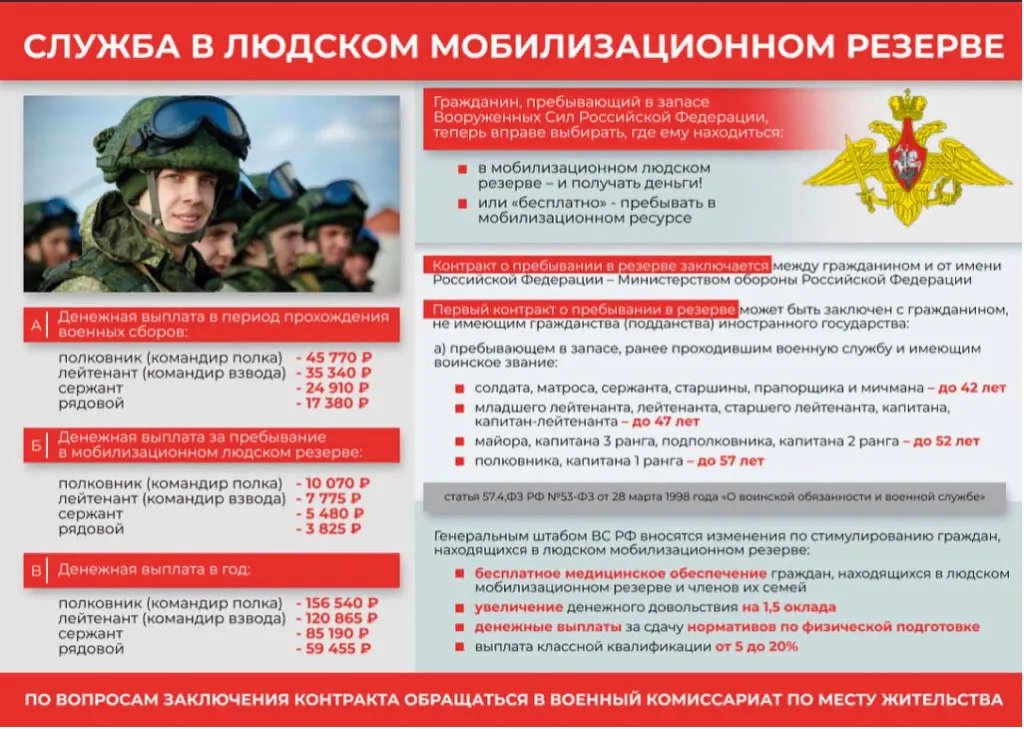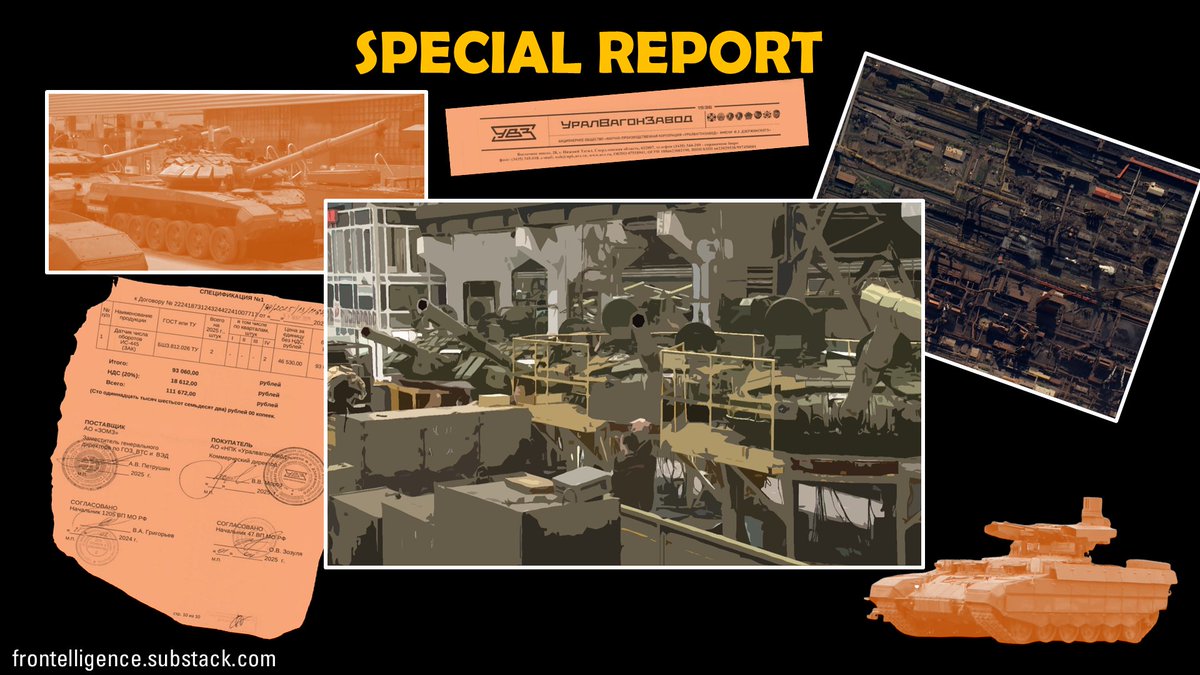
Former UA officer
Founder of the Frontelligence Insight
To support my work: https://t.co/A9oLjGWIYc
Have insights on Russia? Write to frontel@proton.me
163 subscribers
How to get URL link on X (Twitter) App


 2/ The missile, fitted with an APU-60-1MD (P-62-1MD) aircraft launcher, is mounted on a special bracket located on the upper front section of the Geran’s fuselage.
2/ The missile, fitted with an APU-60-1MD (P-62-1MD) aircraft launcher, is mounted on a special bracket located on the upper front section of the Geran’s fuselage. 

 2/ Since the Soviet era, more than 12,000 Mi-8 helicopters of all types have been produced. It’s a versatile military transport platform that can move troops, cargo, serve as a flying hospital or EW asset, and conduct attack missions with unguided rockets and 100–500 kg bombs.
2/ Since the Soviet era, more than 12,000 Mi-8 helicopters of all types have been produced. It’s a versatile military transport platform that can move troops, cargo, serve as a flying hospital or EW asset, and conduct attack missions with unguided rockets and 100–500 kg bombs. 

 2/ The story begins in 2000s, when N. Lahuna and A. Dmitriev (Kirill Dmitriev’s father) planned the elite suburban “Olympic Park.” Construction was to be carried out by Traverz-Bud, a subsidiary of "Evropa", in which, according to "Argument," Kirill Dmitriev held a majority stake
2/ The story begins in 2000s, when N. Lahuna and A. Dmitriev (Kirill Dmitriev’s father) planned the elite suburban “Olympic Park.” Construction was to be carried out by Traverz-Bud, a subsidiary of "Evropa", in which, according to "Argument," Kirill Dmitriev held a majority stake 

 2/ The situation on the frontlines is currently very difficult. At the same time, Kyiv is facing external pressure from Washington, where many are echoing Kremlin-style “capitulation” narratives. In moments like these, the President must stand on solid ground.
2/ The situation on the frontlines is currently very difficult. At the same time, Kyiv is facing external pressure from Washington, where many are echoing Kremlin-style “capitulation” narratives. In moments like these, the President must stand on solid ground.

 2/ The plan would also require Ukraine to recognize Russian as an official state language and grant official status to the local branch of the Russian Orthodox Church, provisions that echo long-standing Kremlin political objectives.
2/ The plan would also require Ukraine to recognize Russian as an official state language and grant official status to the local branch of the Russian Orthodox Church, provisions that echo long-standing Kremlin political objectives.



 2/ Thanks to data provided by @hochuzhit_com and our own investigation, we found that Russia, working through local recruiters in India, actively targeting Indian nationals and pulling them into military service despite the Indian government’s attempts to reduce such activities.
2/ Thanks to data provided by @hochuzhit_com and our own investigation, we found that Russia, working through local recruiters in India, actively targeting Indian nationals and pulling them into military service despite the Indian government’s attempts to reduce such activities.

 2/ Besides Europe, which I was mostly addressing in that post, Ukraine has also fallen short, mainly in strategic-level organization, despite several successes such as expanding and deploying unmanned forces and improving long-range strikes that have hurt the Russian economy.
2/ Besides Europe, which I was mostly addressing in that post, Ukraine has also fallen short, mainly in strategic-level organization, despite several successes such as expanding and deploying unmanned forces and improving long-range strikes that have hurt the Russian economy.

 2/ Major General Vadym Skibitskyi, deputy head of Ukraine's Defence Intelligence, disclosed that Russian forces are firing between 200 and 250 glide bombs every day. Last month, the daily average was about 170, according to data from the defence ministry quoted by Reuters.
2/ Major General Vadym Skibitskyi, deputy head of Ukraine's Defence Intelligence, disclosed that Russian forces are firing between 200 and 250 glide bombs every day. Last month, the daily average was about 170, according to data from the defence ministry quoted by Reuters.

 2/ Зокрема, у листі Джеффрі Епштейна до Торб’єрна Ягланда від 24.06.2018 р. він зазначав: «Чуркін був чудовим. Після наших розмов він зрозумів Трампа. Це не складно - йому потрібно лише побачити щось, щоб зрозуміти, усе дуже просто». (Чуркін на той час був постпердом РФ при ООН)
2/ Зокрема, у листі Джеффрі Епштейна до Торб’єрна Ягланда від 24.06.2018 р. він зазначав: «Чуркін був чудовим. Після наших розмов він зрозумів Трампа. Це не складно - йому потрібно лише побачити щось, щоб зрозуміти, усе дуже просто». (Чуркін на той час був постпердом РФ при ООН)
https://twitter.com/Tatarigami_UA/status/19546017478441126342/ That the city continued to hold out until November is, in itself, an achievement. Still, the rapid loss of positions in summer/fall 2024, which left logistics vulnerable and exposed the flanks, combined with manpower shortages, largely dictated the outcome now unfolding

 2/ Today, Russia and North Korea have no direct road connection. The only land crossing is the 1950s-era Korea - Russia Friendship Railroad Bridge. Air and maritime routes, via Pyongyang Airport and ports like Rajin, exist, but their capacity and costs are often suboptimal.
2/ Today, Russia and North Korea have no direct road connection. The only land crossing is the 1950s-era Korea - Russia Friendship Railroad Bridge. Air and maritime routes, via Pyongyang Airport and ports like Rajin, exist, but their capacity and costs are often suboptimal. 

 2/ In March 2022, SLB publicly announced that it would suspend all new investments in the Russian market in response to international sanctions. This was in the statement from Chief Executive Officer Olivier Le Peuch, issued from the company’s Houston headquarter
2/ In March 2022, SLB publicly announced that it would suspend all new investments in the Russian market in response to international sanctions. This was in the statement from Chief Executive Officer Olivier Le Peuch, issued from the company’s Houston headquarter 

 2/ According to the draft law, “special assemblies” are military call-ups for specific defense missions during armed conflicts, counterterrorism operations, or when forces are deployed abroad. Only reservists will be subject to these special assemblies.
2/ According to the draft law, “special assemblies” are military call-ups for specific defense missions during armed conflicts, counterterrorism operations, or when forces are deployed abroad. Only reservists will be subject to these special assemblies.

https://twitter.com/Tatarigami_UA/status/19769975558223585382/ Question (Q): Do we know what production vs. overhaul and modernization numbers look like?


 2/ Our investigation began with what appeared to be a routine document: Uralvagonzavod requested “IS-445” engine RPM sensors from Zagorsk Optical-Mechanical Plant (ZOMZ) for a project listed as “Product 188M2.” This single line became the starting point of a larger discovery
2/ Our investigation began with what appeared to be a routine document: Uralvagonzavod requested “IS-445” engine RPM sensors from Zagorsk Optical-Mechanical Plant (ZOMZ) for a project listed as “Product 188M2.” This single line became the starting point of a larger discovery 